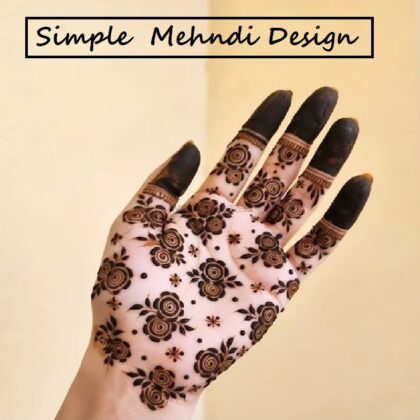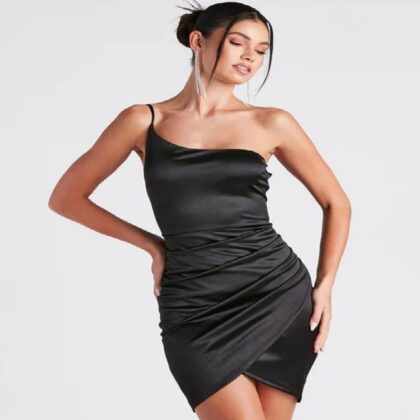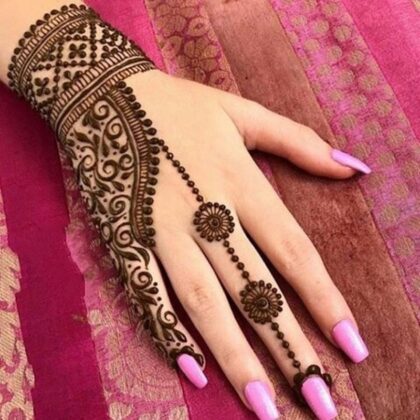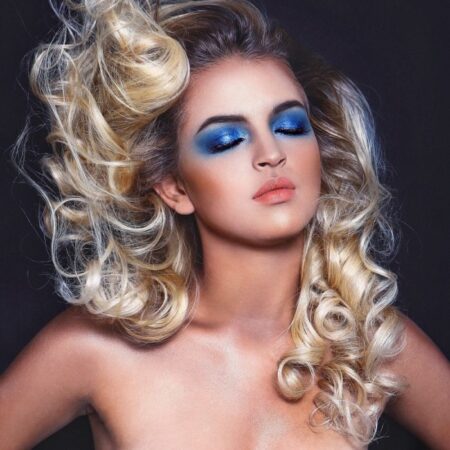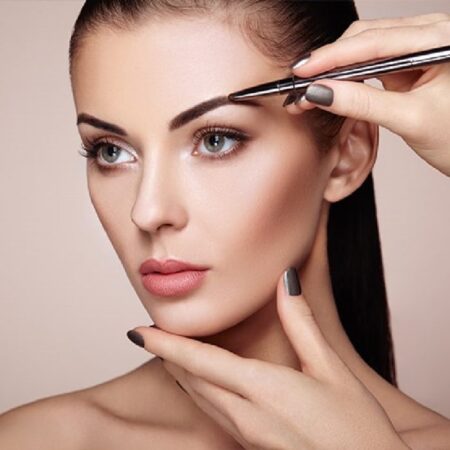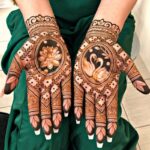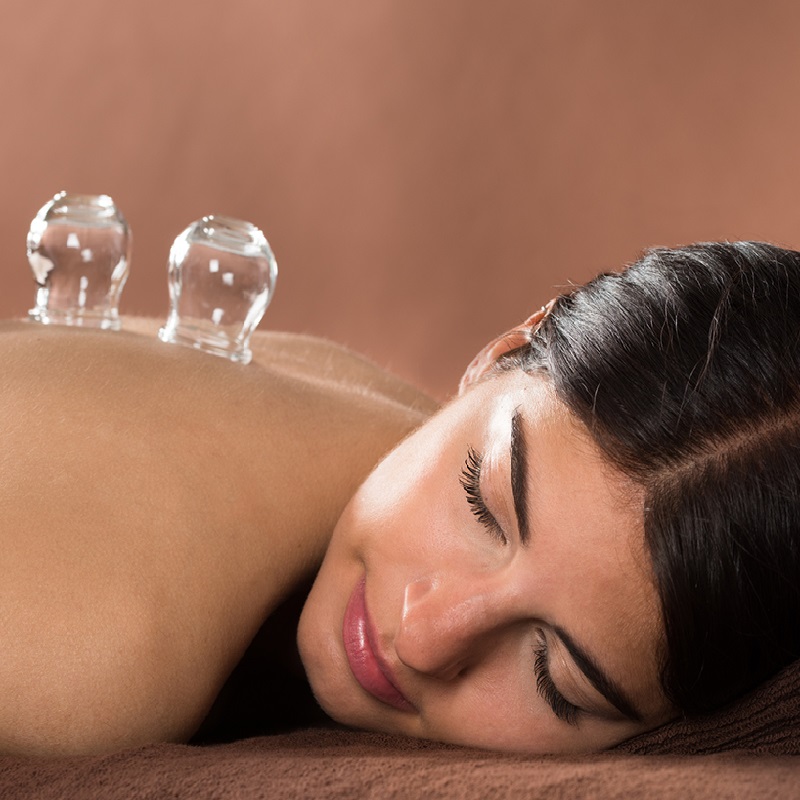
Cupping therapy is an alternative healing method that is currently used in the treatment of a wide range of medical conditions. This technique involves placing special cups on the person’s skin to create a pull or suction which helps facilitate increased blood flow and healing to the affected areas. Although cupping therapy has been practiced for centuries in many countries, it is not fully understood and well researched today. In this article, we will take a closer and more detailed look at what cupping therapy is, the different types of cupping therapy, its potential health benefits, and how to do it.
What Is Cupping Therapy?
Cupping therapy is an ancient healing practice that originated in China. Also known as Hijama cupping or vacuum cupping, cupping massage therapy has been practiced across different Asian, Middle Eastern, and Latin American cultures across the world. Proponents of the method believe that cupping stimulates the flow of “Qi” or life force in the body. They also claim that it restores the body’s balance between the positive (yin) and negative (yang), allowing the body to fight pathogens and reduce pain.
Trivia
While cupping therapy is usually performed with acupuncturei sessions, it also can be a standalone procedure for treating or preventing certain ailments.
In the next section, we explore the different types of cupping therapy practiced currently.
Types Of Cupping Therapy
Originally, suction cup therapy was performed using animal horns. As time went by, cupping techniques adopted the region’s local materials such as bamboo, ceramic, silicone, metal, and plastic. Modern cupping therapy uses round glass cups with one open end to perform the treatment. These are the two types of cupping therapy performed widely today.
- Dry Cupping
In this method, the medical practitioner heats the cups with fire and places them over several areas on the skin to create a vacuum. This suction lifts the skin and stretches the muscles upward, increasing blood flow and reducing muscle tension and pain.
- Wet Cupping
This technique involves using a scalpel or lancet to make light incisions on multiple areas of the skin, allowing a small amount of blood to be drawn into the cups during the suction process. Practitioners believe this method expels toxins and harmful substances from the body to promote overall healing.
How is cupping therapy done? Let us take a closer look at it In the next section.
How To Do Cupping Therapy
The number of sessions in cupping therapy is determined by the cupping therapist based on your physical health. If you have a history of medical conditions, let your therapist know before you opt for the treatment. Each session takes about 20 minutes and is conducted in the following order (1).
- The practitioner selects specific points for cupping and disinfects the areas.
- The therapist puts alcohol or herbs inside the cups and sets them on fire.
- Once the fire goes out, they are placed upside down on your skin.
- As the air inside the cups cools, it creates a suction, causing the skin to rise and redden.
- The cups are left on your skin for a period of three to five minutes.
- In wet cupping, the therapist follows all the steps of dry cupping before making small cuts on the skin using a needle or blade.
- The cups are placed again on the skin for a second time and a small amount of blood is drawn.
- The cups are kept for a period of three to five minutes.
- After the removal of the cups, the specific sites are disinfected and dressed to avoid infection.
Cup therapy comes with a host of potential benefits. Let’s delve deeper into what they are.
6 Potential Health Benefits Of Cupping Therapy
Modern research suggests that cupping therapy may be effective in treating the following medical conditions.
1. Pain-related Conditions – Cupping has been used as a treatment for relieving pain for years. A 2011 review suggests that dry cupping therapy may be effective in reducing lower back pain in comparison to conventional drug treatment (2). Other studies also indicate that cupping therapy may reduce neck pain, chronic back pain, migraines, and improve the overall quality of life (3), (4), (5).
2. Skin Diseases – A 2012 review suggested that cup therapy may be essential in treating skin conditions such as acne, skin itch, hives, and herpes zosteri (6), (7).
3. Fibromyalgia – Cupping therapy may be effective in managing fibromyalgia, a condition characterized by widespread musculoskeletal pain and fatigue. A study was conducted to see the effect of cupping therapy on symptoms and quality of life in patients with fibromyalgia. After administering cupping seasons for 18 days, the patients reported a significant decrease in pain and an improvement in their quality of life (8).
4. Carpal Tunnel Syndrome – A 2019 study aimed to examine the effect of cup therapy on patients with carpal tunnel syndrome, a nerve condition that causes pain and tingling in the arm. The study indicated that cupping therapy was effective in reducing the severity of the symptoms in conjunction with physical therapy (9).
5. Arthritis – While cupping has been used to treat many pain-related conditions, it comes as no surprise that it may be essential in the treatment of arthritis. Studies indicate that cupping therapy may decrease inflammation and knee pain associated with rheumatoid arthritisi and osteoarthritisi (10), (11).
6. Hypertension – Cupping therapy may help manage high blood pressure. Studies suggest that wet cupping may be successful in reducing blood pressure levels in patients with hypertension (12).
While current studies suggest that cupping therapy is beneficial, more studies are required to confirm and further understand its effect on different medical conditions. Does cupping therapy have any adverse effects on your health? Let’s find out in the next section.
Possible Side Effects
While cup suction is considered mostly safe under the care of a trained medical professional, the following side effects have been reported during or after the session (13).
- Bruises
- Scar formations
- Nausea
- Soreness at cupping site
- Burn
- Anemia
- Dizziness
- Possible infection at the sites of incisions
People with the following conditions should exercise caution or speak to a medical professional before opting for this treatment (13).
- Psoriasis
- Bone fractures
- Deep vein thrombosis
- Pregnancy
- Menstruation
- Chronic heart disease
- Ulcer
- History of stroke
- Hemophilia
- Asthma
- Cancer
- Asthma
- Suspicious lump
Facial cupping for treating acne or aging signs is a gentle procedure that does not cause any discoloration. However, cupping on other parts of the body may leave temporary circular marks.
Due to limited scientific research, it is difficult to know how common these side effects are. If you do experience these side effects, consult a doctor immediately.
To Sum It Up
Cupping therapy is an ancient healing method used in the treatment of various medical ailments. While modern research suggests that cup therapy may help with hypertension, skin conditions, arthritis, carpal tunnel syndrome, and fibromyalgia, more studies need to be conducted to understand how it affects the body’s health. Cupping therapy is mostly safe under the guidance of a trained professional but you may experience certain side effects after the session. If you experience burns, dizziness, bruises, nausea, and soreness at the cupping site, consult a doctor immediately.
Frequently Asked Questions
Does cupping release knots?
Yes, cupping helps release knots. It is an effective technique for relieving muscle tension, reducing swelling, and easing scar tissues.Why is cupping therapy painful?
Cupping is not a painful procedure. You may experience a little tightness of the skin due to the suction of the cup. However, the therapist will make sure you are comfortable and not in any pain.What to expect after cupping?
You may experience some side effects, like tiredness, after cupping. You may also notice round bruise-like marks on the skin. These will fade away in a week or two.
Key Takeaways
- Cupping therapy is an ancient Chinese practice that uses cups to balance the body’s energy flow.
- Cupping therapy may cause soreness at the cupping site, nausea, dizziness, and infection.
- The technique involves using a cup to create a suction on the skin to improve blood circulation and promote healing.
- Dry and wet cupping are the types of cupping therapy that help reduce chronic back pain and hives.

